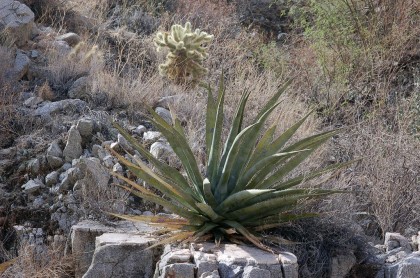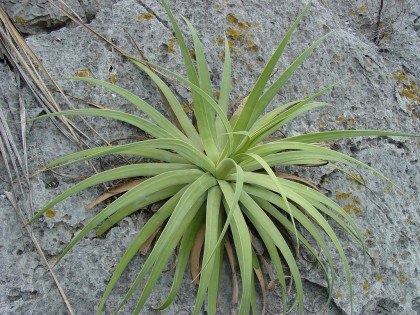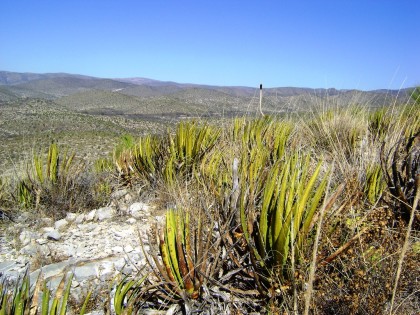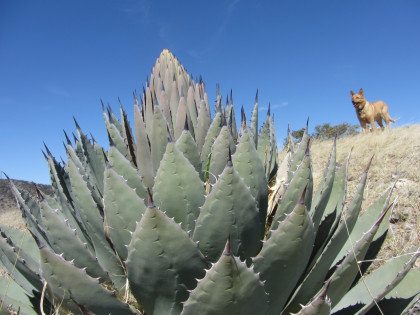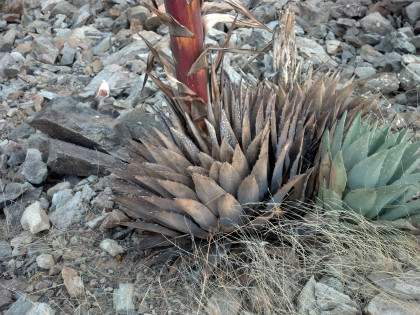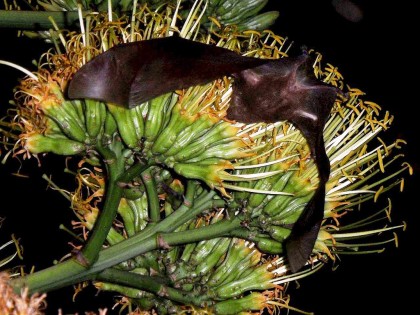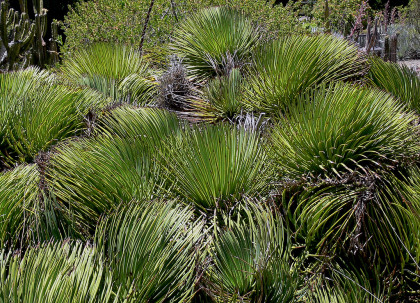(Photograph = Agave victoriae-reginae, Amante Darmanin)
Introduction
Agaves have been used for thousands of years by native Americans for food, medicine, fibers, and production of alcoholic beverages. Currently, agaves are popular landscape and garden plants in many areas of the world. They have even been proposed as a source of biomass to make biofuels.
The Details
World Checklist of Selected Plant Families reports that there are about 200 species of Agave and natural hybrids of Agave. New species are continually being identified. Agaves grow from sea level to more than 6,000-ft high. They endure heat, drought, extreme sunlight, wind, and poor soil. They have few diseases and pests in natural settings. This makes them ideal plants for desert regions. Some agaves can survive prolonged exposure to -10F or even -20F. The center of Agave diversity is central Mexico.
Agaves are rosette plants that range from a 5-inches across to more than 10 ft-across. They grow from northern South America into the southern Rocky Mountains of the United States. They can be found from southern Texas north to parts of Utah and east to the deserts of California. They are unmistakable members of many desert and semiarid plant communities.
Agaves are an important natural resource for animals, birds, insects, and humans in drylands of the Americas. They provide food, water, protection, and roosting sites for wildlife (Figueredo and Nassar, J Heredity, 102 306-314). Small animals find protective cover under the impenetrable spines of the leaves and birds nest in inaccessible interior parts of agave thickets. Bats, birds, and insects all pollinate agaves and benefit from the nectar and pollen. Small mammals consume the seeds, and deer sometimes eat new growth. Reptiles find protection in the leaves and shade underneath. Agaves even provide shade for tender seedlings of other plants.
One important feature of agaves is that several species can grow in a single area in warm climates, but they bloom at different times of the year. This long sequence of blooms provides food for bats, birds, and insects throughout the year.
Additional Reading: Agave Ancient History

